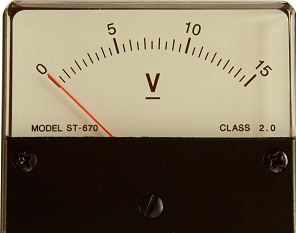What Are the Benefits of High and Low Voltage Transformer?

Low voltage transformers are useful in society since they reduce the chances of humans suffering an electric shock. They help keep electrical environments safe in both residential and commercial structures. High voltage transformers are useful for supplying powerful equipment energy. Together, high and low voltage transformers give us uninterrupted power to our homes and workplaces.
Here are some of the key differences between high and low voltage transformers:
High Voltage Equipment High voltage transformers are typically used in industrial zones for machinery using electrical energy in the range of 600 to 5,000 volts. They are needed for power supplies, CRT displays, medical equipment and amplifiers. High voltage transformers are the key to stepping power up or down over long distance wires, in which they are used in isolation. They are also necessary for telephone networks, industrial measurement devices and power distribution and control.
Laminated transformers are found in lighting, electric gates and controls for air conditioning. Microwave ovens are considered high voltage transformers since they step up 120 volts of AC power to higher voltage within the capacitor and the diode.
Related Post: What Are the Safety Requirements of a Transformer?Low Voltage Equipment A low voltage transformer is also called a magnetic low voltage transformer, due to the use of magnetic coupling that moves energy from one circuit to another. This type of equipment that provides low current is made to be safe for people using common household appliances. Its main purpose is to reduce the risk of electric shock and protect against short circuits.
The normal amount of power supply of a low voltage transformer is 12 to 24 volts, which does not typically generate heat. These units sometimes have timers that can be set for up to 8 hours. Low voltage conditions are safe enough to allow a person to install a light bulb even when the power is on.


